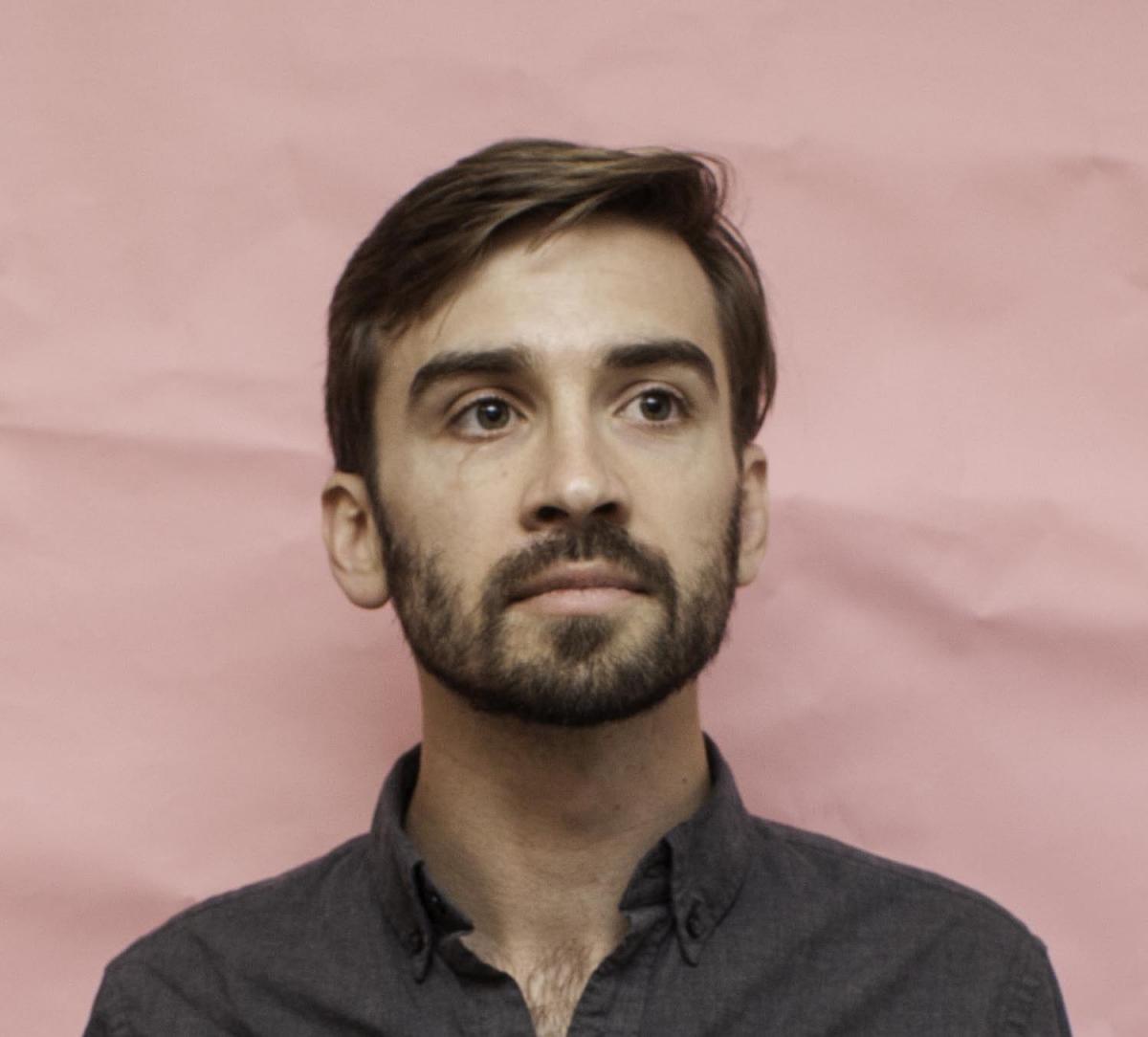Alexander D. Kaiser
Stanford University
Seminar Information

In this talk, we present a technique called design-based elasticity for fluid-structure interaction simulations of heart valves. To construct models, we require that tension in the valve leaflets supports a pressure and derive a resulting system of differential equations. From its solution, we compute a reference configuration and material properties. By tuning free parameters such as the maximum tension the leaflets may achieve, we design the resultant model geometries and constitutive laws to be consistent with experimental observations. When simulated in fluid via the immersed boundary method, these models are highly effective, producing realistic flow rates during forward flow and closing reliably under back pressure over multiple beats. Further, we validate these methods against in vitro flow data measured with 4D flow MRI. We then apply these models to study flows through bicuspid aortic valves, the most common congenital heart defect. Simulations reveal dramatically different flow patterns through tri-leaflet and multiple phenotypes of bicuspid aortic valves depending on the location of cusp fusion. Hypotheses based on these results on the development and progression of ascending aortic dilation will be discussed.
Prof. Alexander D. Kaiser is a postdoctoral scholar at Stanford University in the Institute for Computational & Mathematical Engineering and the Department of Pediatrics (Cardiology). He works in the Cardiovascular Biomechanics Computation Laboratory, led by Alison Marsden, on modeling cardiac disease. He received his Ph.D. in Mathematics in 2017 from the Courant Institute of Mathematical Sciences at New York University. Working with Charles Peskin, his thesis work focused on modeling the mitral valve, one of four valves of the human heart. His research focuses on the mechanics and fluid dynamics of the heart in health and disease, with a particular emphasis on heart valves.
